By 9:30 a.m. the heat is already roiling up from the blacktop in Sarajevo, making our planned day in the hills above the city sound like a perfect idea.


We headed first for the village of Gornje Biosko to visit the wheat, corn, vegetable and fruit farm of Spomenko Codo. He and his brother, their wives and his father wouldn’t actually be available for our meeting – broiling temperatures have meant a premature wheat harvest, and they were in the fields. Instead, we were to meet Spomenko’s mother, Stana Codo, who cooks for the family. She stayed at the farmhouse to supervise the chickens scurrying about the farmyard and make sure the hawks and snakes left them in peace.
This was ideal because, as is so often the case, she turned out to be the holder of the family’s culinary jewels.

Mrs. Codo’s kitchen had a rich lactic smell, and it turned out that the two large pans sitting on the stove near where she was making Bosnian coffee – water boiled with coffee grounds – were filled with fresh milk that was sitting so the cream could rise. She brought the coffee to the table along with a big jug of wild blueberry juice, one of the family’s specialties. Then her eyes narrowed. “Are you hungry?” she asked. Before any response, she was up ladling fresh cheese onto a plate and topping it with kajmak, a thick, slightly fermented fresh cheese which she garnished with a huge dollop of top cream. She cut tomatoes into chunks, put them on a plate and salted them, then opened the oven door and pulled out a loaf of freshly baked bread.

All of this she set on the table, along with a big pot of her home made yogurt. She sliced slabs off the bread, releasing a sweet, yeasty aroma. We ate this all washed down with blueberry juice and coffee, a typical Bosnian farm breakfast.
Our next stop was to see Novka Bocevac who, with her daughter Ljiljana, run a small farm restaurant, Dobro Dosli Kod Novke, even higher in the hills, near the village of Crepoljsko. There, a welcome wind blew over the wheat fields where I suffered for the men there, hand-raking the wheat into rows, and truckers and other farm workers sat at shaded picnic tables drinking beer, elder flower infusions, or small cups of coffee.

Novka is a bundle of strong energy and before we knew it, she and Ljiljana were preparing ustipici for us. They rolled soft dough into skinny fingers, then cut them into small pieces that they dropped carefully into hot oil. While these puffed and cooked, Novka sliced tomatoes and cheeses, and opened jars of her home made plum and strawberry jams.
With unseasonably hot temperatures and Bayram, the last day of Ramadan, Novka’s restaurant wasn’t serving regular meals because she knew she’d have few customers. She was just offering ustipici. “They’re more tender than anyone else’s,” Novka said, sitting down with us at the table. “Do you know why? Because I make them with either whey or beer, and they’re small so they cook all the way through and don’t absorb oil.”



My experience with ustipici is new, but these little nuggets of fried dough were like yeasty feathers, perfect with the thinly sliced cheeses that ranged in flavor from smokey to salty, salted kajmak, and the two jams. Along with the elderflower cordial, it made for a memorable mountain lunch.




